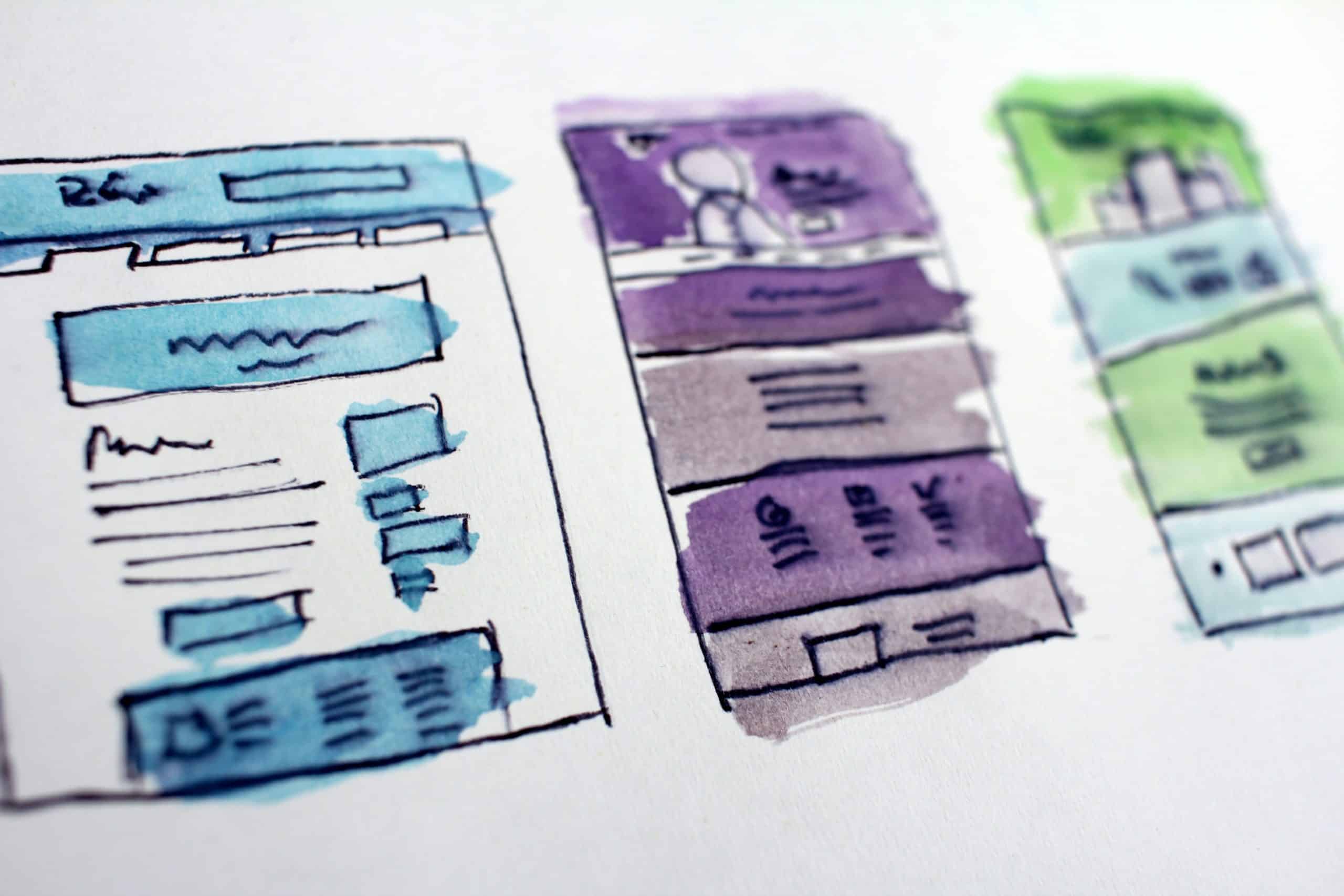Statistics regarding the importance of web design are impressive. You may be surprised to learn:
- “38% of people will stop engaging with a website if the content or layout is unattractive” (Source: Adobe)
- “Judgements on a company’s credibility are 75% based on the company’s website design.” (Source: Web Credibility Research from Stanford University)
- “Research shows us that 94 percent of people notice the look-and-feel of a website or application first, then decide from there if they will continue to navigate through it or move on to another with more visually appealing aesthetics.” (Source: Jeff Torczon, Founder & CEO of InfinityHR)
Such data creates a convincing case for investing in a solid website design. Numbers aside, there’s plenty of industry evidence that points to the same. Here are five reasons why good web design is important.
- Good web design means a good first impression.
As humans, we are highly visual in nature, and first impressions are typically design-related. Your website is the digital face of your business and tells your company’s story to the online world. A modern, well-designed site is attractive to users and encourages them to browse. Thoughtfully selected design elements can evoke feelings about your online persona, and create a pleasing aesthetic for the user. - How your website looks and functions builds trust and credibility.
Have you ever visited a website that is clearly outdated in its delivery? If you have, it likely did not take long for you to exit the site and search elsewhere. Contemporary design, easy navigation, and a usable site build trust in your brand and strengthen credibility – which in the end, will encourage users to convert. - A solid web design works in synergy with your print communications.
Brand uniformity from platform to platform is critical in building your brand in the mind of users. A good web design parallels the branding in your print media. This creates visual consistency and bolsters brand loyalty. - Best practices for web design assist with your search engine optimization (SEO) strategy.
Behind the scenes, there are several web design elements and practices that set the standard on how best to publish web content. These practices affect how search engines crawl and index your site. With these in place, you’re more likely to be found by the users you are hoping to attract. - Good web design ensures the mobile experience will be optimal.
A website that looks great on desktop but presents and functions poorly on mobile is not serving you well. Mobile devices generate over half of all website traffic, and this trend continues upwards. Unique designs for mobile must be the rule, not the exception.
In our next post, we’ll share how we approach good web design, and our simple 3-step process. Have questions now? Take the first step and contact us.


